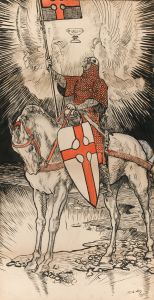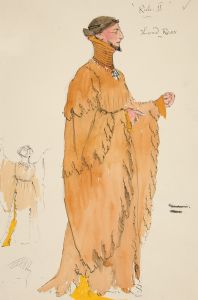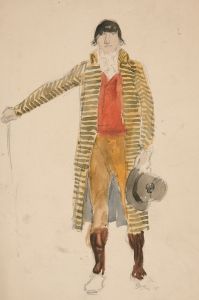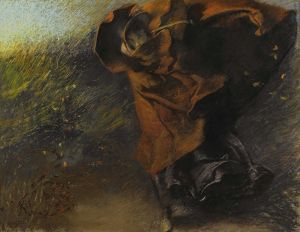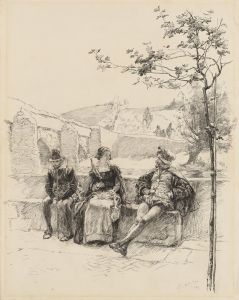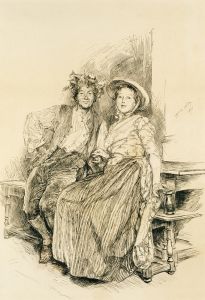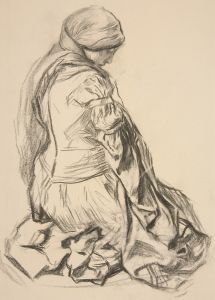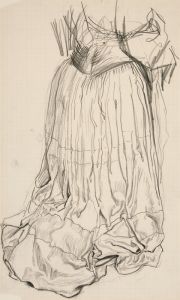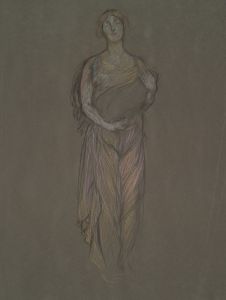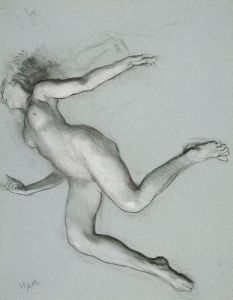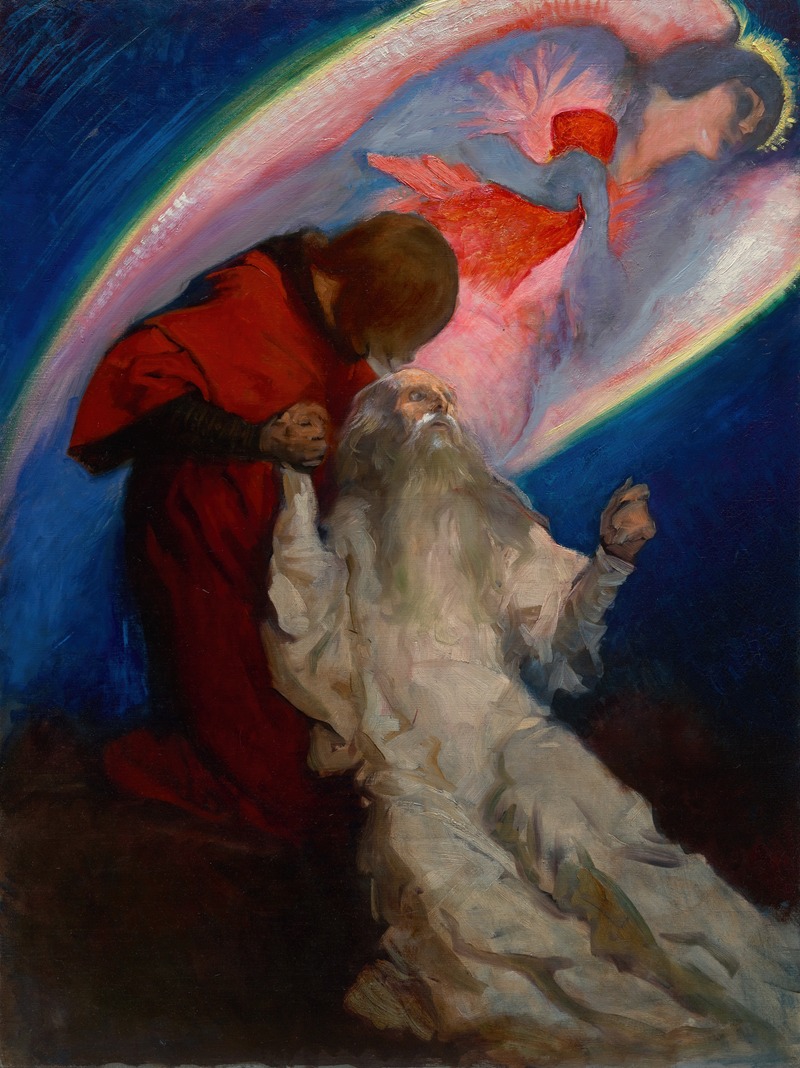
Study for Amfortas Released by Galahad, in The Quest and Achievement of the Holy Grail
A hand-painted replica of Edwin Austin Abbey’s masterpiece Study for Amfortas Released by Galahad, in The Quest and Achievement of the Holy Grail, meticulously crafted by professional artists to capture the true essence of the original. Each piece is created with museum-quality canvas and rare mineral pigments, carefully painted by experienced artists with delicate brushstrokes and rich, layered colors to perfectly recreate the texture of the original artwork. Unlike machine-printed reproductions, this hand-painted version brings the painting to life, infused with the artist’s emotions and skill in every stroke. Whether for personal collection or home decoration, it instantly elevates the artistic atmosphere of any space.
Edwin Austin Abbey's "Study for Amfortas Released by Galahad, in The Quest and Achievement of the Holy Grail" is a preparatory work for a larger series of murals created by the artist for the Boston Public Library. Abbey, an American painter and illustrator, was renowned for his depictions of literary and historical subjects, often drawing inspiration from medieval themes and Arthurian legends. This particular study is part of his extensive exploration of the Holy Grail narrative, a central theme in Arthurian literature.
The series, "The Quest and Achievement of the Holy Grail," was commissioned in the late 19th century and completed in 1902. It consists of fifteen panels that illustrate the legendary quest for the Holy Grail, a sacred Christian relic believed to be the cup used by Jesus at the Last Supper. Abbey's murals were intended to capture the spiritual and chivalric ideals embodied in the Grail legend, which was popularized in the 19th century by writers such as Alfred, Lord Tennyson.
In the context of the Grail legend, Amfortas is a character associated with the Fisher King, a guardian of the Grail who suffers from a debilitating wound. His healing and release are contingent upon the arrival of a pure knight, often identified as Sir Galahad, who is able to achieve the Grail. Abbey's study likely depicts the moment of Amfortas's release, symbolizing redemption and the fulfillment of the quest.
Abbey's approach to the subject matter was heavily influenced by the Pre-Raphaelite Brotherhood, a group of English painters, poets, and critics who sought to revive the detail, color, and complexity of Quattrocento Italian art. His work is characterized by meticulous attention to detail, vibrant color palettes, and a deep sense of narrative drama. Abbey's murals for the Boston Public Library are considered one of his masterpieces and a significant contribution to American mural painting.
The study itself would have served as a preliminary exploration of composition, form, and color, allowing Abbey to experiment with the arrangement of figures and the interplay of light and shadow before executing the final mural. Such studies were common practice among artists of the time, providing a foundation upon which the larger, more permanent work could be built.
Abbey's murals, including the scene of Amfortas's release, reflect the broader cultural fascination with medievalism and the chivalric code during the late 19th and early 20th centuries. This interest was part of a larger artistic and literary movement that sought to find meaning and inspiration in the past, often as a response to the rapid industrialization and social changes of the era.
Today, Abbey's work remains an important example of American mural art, illustrating the enduring appeal of the Arthurian legends and their capacity to convey timeless themes of heroism, sacrifice, and spiritual fulfillment. The murals continue to be a point of interest for visitors to the Boston Public Library, offering a glimpse into the rich tapestry of myth and history that Abbey so skillfully brought to life.





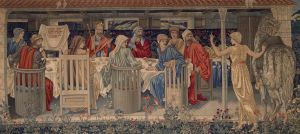
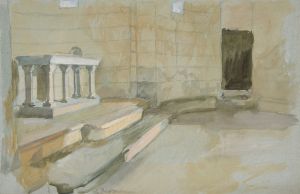
![Bourg and Bribun Cliffs, Mull – [Highland Town]](/imgs/214710/s/edwin-austin-abbey-bourg-and-bribun-cliffs-mull-highland-town-419da5e7.jpg)
